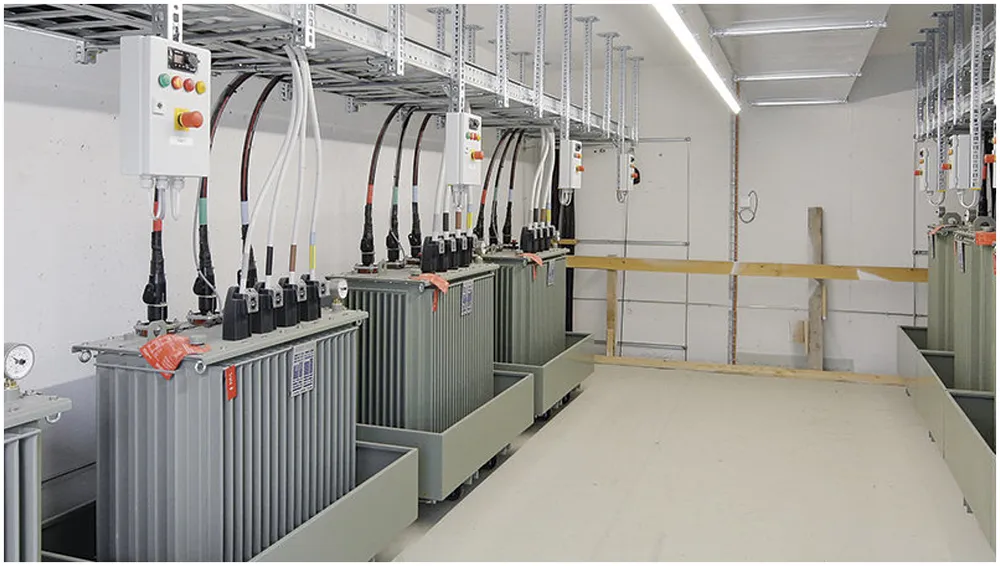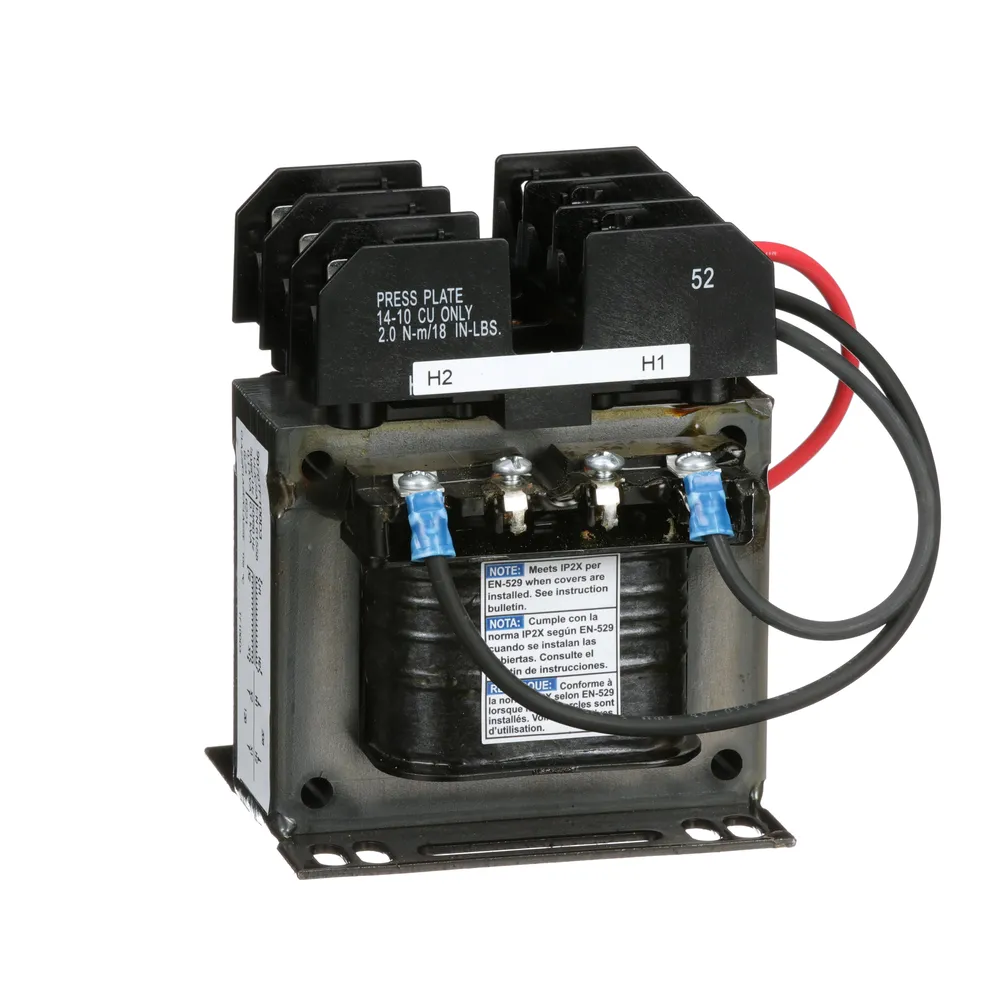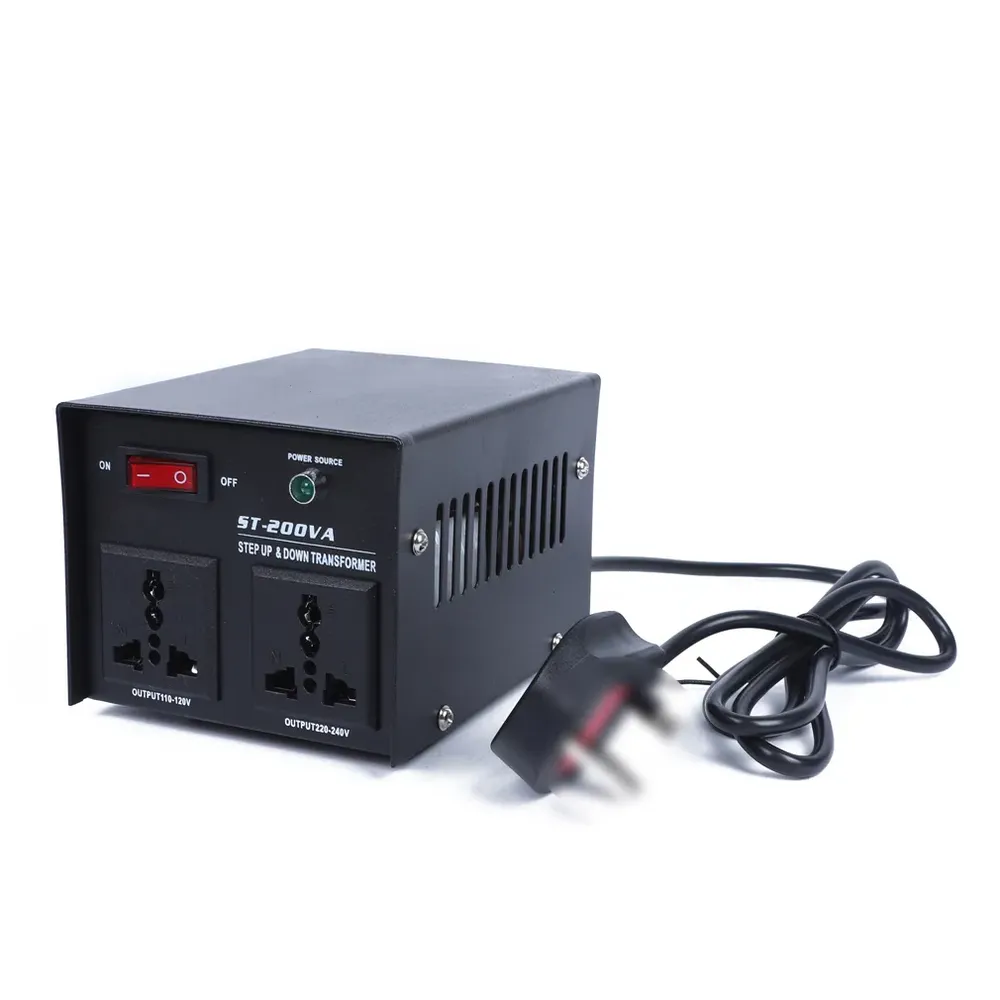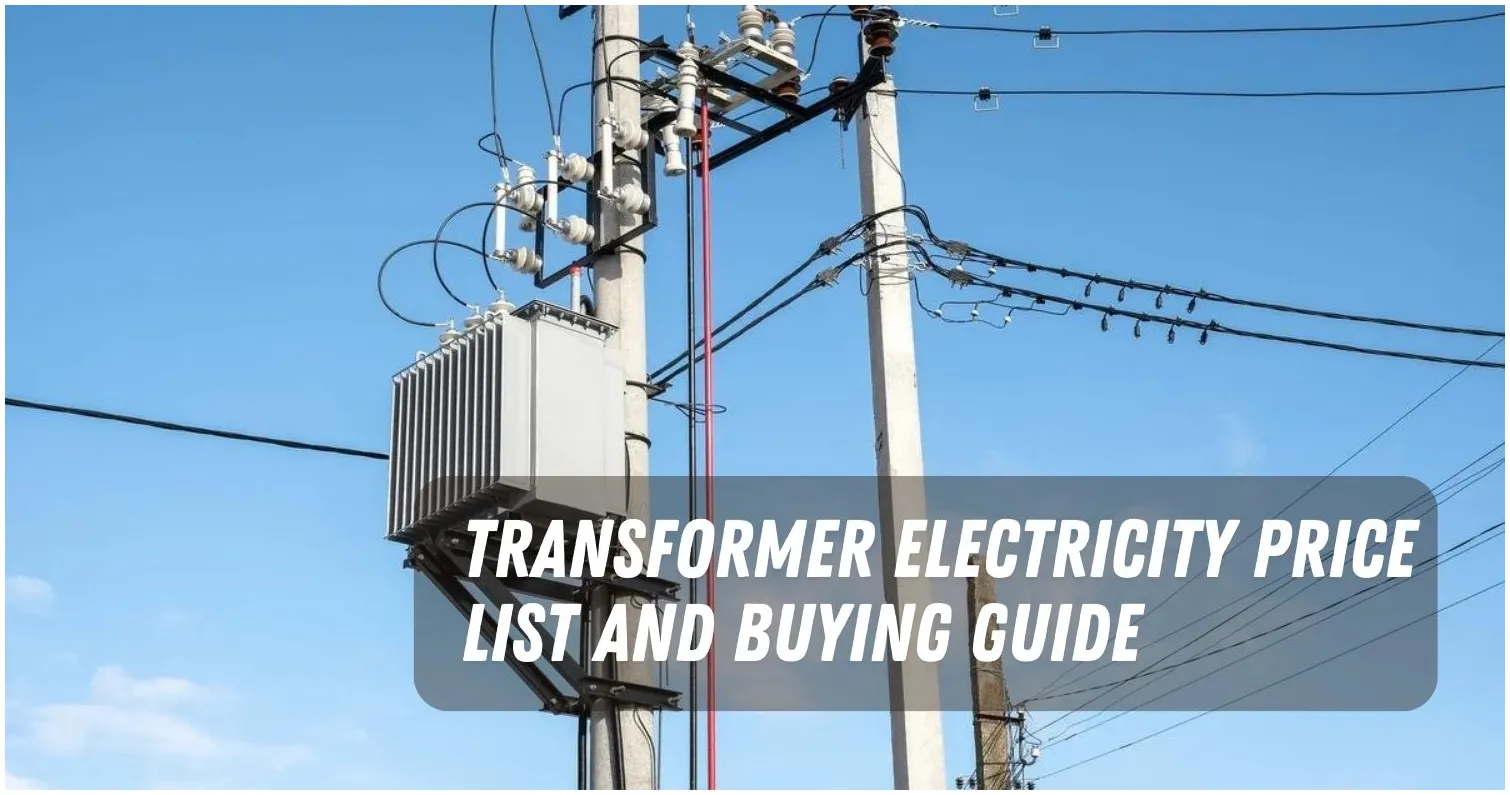If you’re looking for a reliable and cheap price source of electricity in the Philippines, you might want to use a transformer.
A transformer is a device that changes the voltage and current levels to move electrical energy from one circuit to another.
Transformers are used a lot in power distribution systems, industrial uses, and home appliances.
Depending on the type, transformer electricity price in Philippines usually range from ₱500 to ₱2,000,000.
What is Transformer in Electricity?

A transformer is made up of coils of wire wrapped around an iron or steel core.
The input voltage goes into the main winding, and the output voltage comes out of the secondary winding.
The core makes it possible for the windings to share energy without touching.
Transformer Function

A transformer primarily adjusts the voltage of an AC power supply.
It can either step up or step down the voltage depending on the number of turns in the primary and secondary windings.
A step-up transformer increases voltage, while a step-down transformer decreases it.
This allows for efficient transmission of electricity over long distances at high voltages or safe utilization in homes at lower voltages.
For example, a transformer can step up the voltage from 220 volts to 11,000 volts for transmission over long distances, or step down the voltage from 11,000 volts to 220 volts for domestic use.
Transformer Types

There are many different kinds of transformers, each with its own style, function, and use. Here are some popular ones:
Core type transformer
This type of transformer has two cylindrical windings on opposite sides of a rectangular body. The core is reinforced to cut down on losses and eddy currents.
Shell type transformer
This kind of transformer has a cylinder-shaped core that has two windings that go around it in a circle. The core is also layered and has a closed magnetic circuit.
Berry-type transformer
This kind of transformer has a spherical core with two spiral windings around it. Thin iron strips are riveted together to make a sphere for the heart.
Step up transformer
The secondary winding of this type of transformer has more turns than the primary winding, so the output voltage is higher than the input voltage.
Step down transformer
The secondary winding of this type of transformer has fewer turns than the main winding, so the output voltage is less than the input voltage.
Three-phase transformer
A three-phase transformer changes the frequency of three-phase AC power from one level to another. It has three sets of main and secondary windings connected in a star or delta pattern.
Single-phase transformer
This kind of transformer only has one set of main windings and one set of secondary windings. It changes the voltage level of one-phase AC power from one level to another.
Distribution transformer
This kind of transformer moves energy from substations to consumers. It generally has a high current rating and a low voltage rating (below 33 kV).
Two windings transformer
There is only one main winding and one secondary winding on a two-winding transformer. Depending on how many turns are in each turning, it can either step up or step down.
Autotransformer
A single winding on an autotransformer is both the main and secondary winding. Depending on where you tap, it can be step up or step down.
Power transformer
A power transformer moves a lot of power from one voltage level to another. It usually has high voltage ratings (above 33 kV) and low current ratings.
High Voltage Transformer
A high voltage transformer creates very high voltages for things like X-ray machines, light signs, and tesla coils. It can have more than one level of coils and cores.
Low voltage transformers
A low voltage transformer gives low voltages for things like doorbells, toys, and LED lights. Depending on the frequency and power level, it can have either an iron core or an air core.
Outdoor transformer and indoor transformer
The difference between outdoor and indoor transformers is where they are put. Transformers that are outside need to be protected from the weather, and transformers that are inside need proper air and fire safety measures.
Transformer Electricity Price List

The price of a transformer relies on its type, size, capacity, efficiency, quality, brand, and supplier, among other things.
Here the following prices for different types of transformers in the Philippines
| Type | Price |
|---|---|
| Single-phase transformer | ₱500 – ₱5,000 |
| Low voltage transformers | ₱500 – ₱5,000 |
| Step down transformer | ₱1,000 – ₱10,000 |
| Step up transformer | ₱1,500 – ₱15,000 |
| Autotransformer | ₱1,500 – ₱15,000 |
| Two windings transformer | ₱2,000 – ₱20,000 |
| Three-phase transformer | ₱10,000 – ₱100,000 |
| Outdoor transformer and indoor transformer | ₱10,000 – ₱100,000 |
| Distribution transformer | ₱50,000 – ₱500,000 |
| Power transformer | ₱100,000 – ₱1,000,000 |
| High Voltage Transformer | ₱200,000 – ₱2,000,000 |
Thing You Should Know about Transformer Electricity
Before you buy or use a transformer, there are some things you should know about transformer electricity, such as:
- What kind of transformers are used to raise the voltage?
The answer is step up transformers. Step-up transformers are used to raise voltage by making the secondary winding have more turns, which makes the output voltage greater. - Why transformer is so expensive?
Transformers are expensive because they are hard to make, made of high-quality materials, require skilled work, go through a lot of testing, and have to meet safety standards. Also, maintenance and ultimate replacement add to the cost. - Do I need a transformer in the Philippines?
In the Philippines, whether you need a transformer depends on how well your tools work with the power system there. The usual frequency is 60 hertz, and the voltage is 220 volts. If these things are true about your tools, you don’t need a transformer. But if they need a different power or frequency, you may need a transformer to make them work together.
Transformers are important tools that move energy from one place to another in a safe and efficient way.
They can change the voltage and current levels of an AC supply to meet the needs of different uses.
There are many different kinds of transformers on the market, and each has its own pros and cons.
The price of a transformer depends on its type, size, capability, efficiency, quality, brand, and supplier.
You should know some basic facts about transformer energy before you buy or use a transformer.
So, we hope this article will help you choose the right transformer electricity price for you.
[ratings]

